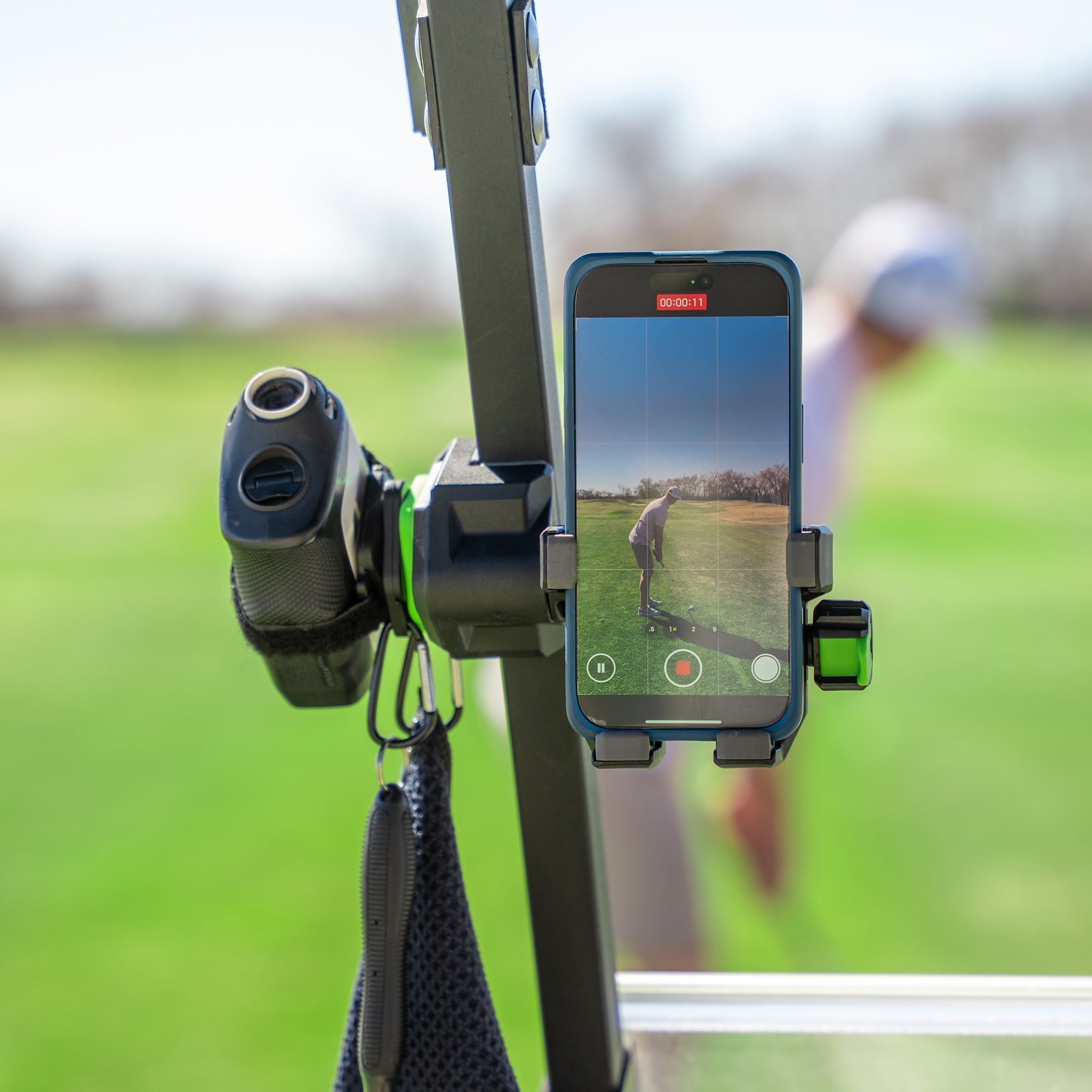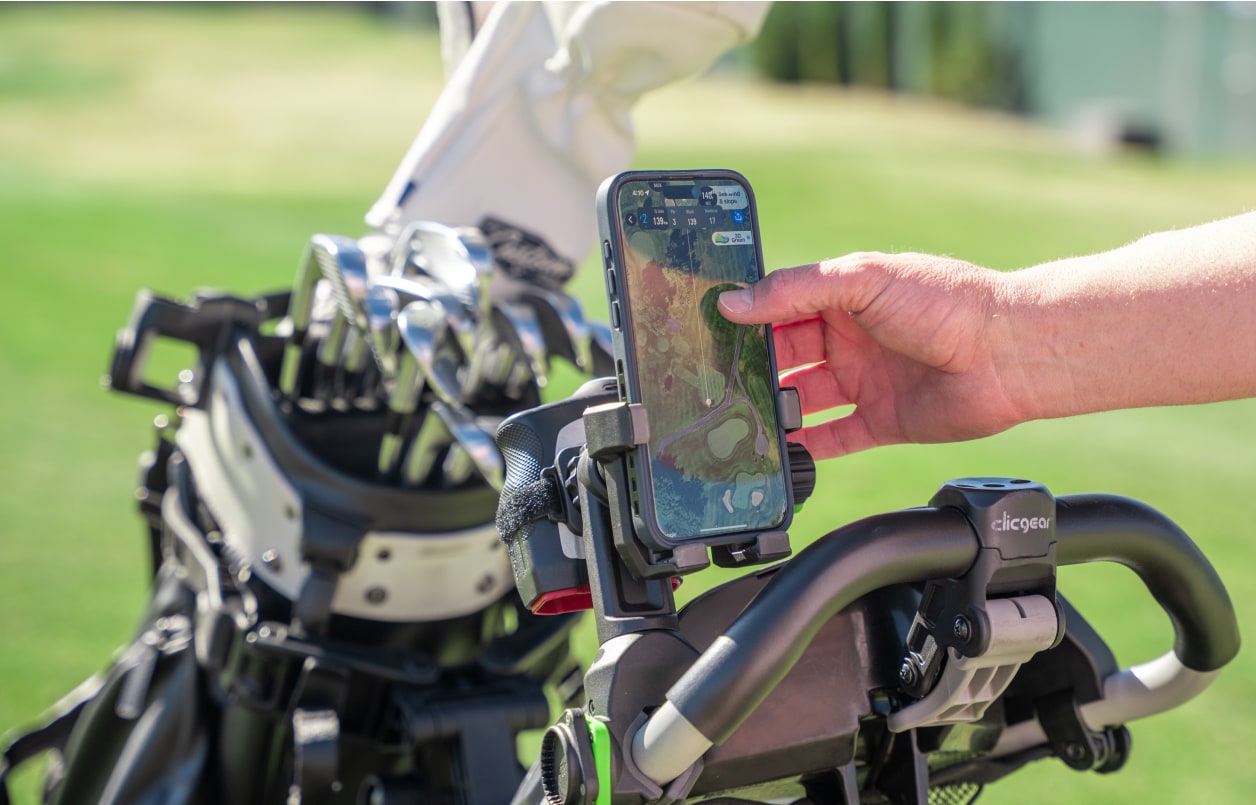After sixteen years as a PGA Professional and three decades in this game, I've watched golf instruction evolve from gut feelings and guesswork to precision analytics that would make NASA engineers jealous. And honestly? It's been one hell of a ride.
I remember the old days when "data" meant counting how many balls you hit on the range and hoping for the best. Now I'm watching weekend warriors armed with launch monitors, swing analyzers, and enough metrics to make their heads spin – and more importantly, I'm watching them break through scoring barriers that used to take years to overcome.
But here's the thing that fascinates me most: it's not the tour pros who are leading this analytics revolution. It's regular golfers who've figured out how to use data intelligently, and they're improving faster than I've ever seen.
The Plateau Problem We All Face
Every golfer hits that wall. You know the one – you've been shooting the same scores for months, maybe years. You practice regularly, take lessons, buy new equipment, but your handicap stays stubbornly stuck. Sound familiar?
I've coached thousands of players through these plateaus, and what I've learned is that traditional practice methods often keep us trapped in our own patterns. We groove the same mistakes over and over, thinking we're improving when we're actually just getting more consistent at being inconsistent.
That's where the data revolution comes in. Modern analytics don't just tell you what you're doing wrong – they show you exactly where your biggest opportunities for improvement lie.
The Numbers Don't Lie (But They Can Mislead)

Last month, I worked with Sarah, a 12-handicapper who was convinced her driver was holding her back. She'd been hitting balls for hours, trying to add distance, getting more and more frustrated. Then we pulled up her Arccos data from her last ten rounds.
The revelation was stunning. Her driving wasn't the problem at all – she was losing 4.2 strokes per round to her putting inside ten feet. Four strokes! That's the difference between breaking 80 and shooting 84. We shifted her practice focus entirely, and within six weeks, she'd dropped three shots off her handicap.
This is the power of objective feedback. Our brains are terrible at remembering our actual performance, but the data never forgets.
The Game-Changing Metrics Most Golfers Ignore
Here's what I've discovered working with data-driven players: the metrics that matter most aren't always the obvious ones.
Strokes Gained Analysis has revolutionized how I coach. Instead of focusing on swing mechanics first, we identify where players are losing the most shots relative to their skill level. Sometimes it's approach shots from 100 to 150 yards. Sometimes it's scrambling around the greens. The data tells the story.
Dispersion patterns are another goldmine. I had a student who thought he needed to work on accuracy because he was missing fairways. The launch monitor revealed that his misses were incredibly consistent – always 15 yards to the right. Instead of overhauling his swing, we adjusted his aim point. Instant improvement.
Short game proximity data might be the most eye-opening metric of all. Most golfers have no idea how close they're actually getting their chips and pitches to the hole. When you start tracking this, the improvement opportunities become crystal clear.
Technology That Actually Moves the Needle
The analytics tools available today seemed like science fiction when I started teaching. Launch monitors like TrackMan, Rapsodo, and FlightScope give us ball flight data that's more precise than what tour pros had access to just a decade ago.
On-course tracking systems like Arccos, Shot Scope, and Garmin have democratized strokes gained analysis. These systems automatically track every shot, building a database of your performance that reveals patterns you'd never notice otherwise.
Even your smartphone has become a powerful analytics tool. Apps can track putting stats, analyze swing tempo, and provide instant feedback that used to require expensive equipment.
The Practice Revolution in Action
The golfers who are crushing their plateaus aren't just collecting data – they're using it to revolutionize their practice sessions. Instead of mindlessly hitting balls, they're creating targeted practice plans based on their biggest weaknesses.
I'm seeing players spend 70% of their practice time on short game because the data showed that's where they're losing the most shots. Others are focusing entirely on approach shots from specific yardages where their proximity to the hole is costing them strokes.
The key is purposeful practice driven by objective analysis rather than subjective feelings about your game.
Making Data Work for You
Here's my advice after watching hundreds of golfers navigate this analytics revolution: start simple, but start somewhere.
Pick one metric that resonates with you – maybe it's fairways hit, maybe it's putts per round, maybe it's up-and-down percentage. Track it consistently for a month. Let the data guide your practice priorities.
The beauty of this approach is that small improvements in the right areas create dramatic scoring improvements. A 5% improvement in putting inside six feet might drop two shots off your handicap. Better course management based on your actual distances might save three shots per round.
The Human Element Still Matters
Don't get me wrong – data isn't everything. Feel, creativity, and course management instincts still matter enormously. But when you combine human intuition with objective feedback, that's when the magic happens.
The golfers who are breaking through plateaus aren't replacing their instincts with algorithms. They're using data to validate their instincts and identify blind spots they never knew existed.
After three decades in this game, I can say with certainty: we're living through the most exciting time in golf instruction history. The combination of accessible technology and proven analytics is giving every golfer the tools to improve faster than ever before.
Your plateau isn't permanent. The data can show you the way through it. You just need to be willing to listen to what the numbers are telling you.
About the Author
PGA of America Golf Professional Brendon Elliott is an award-winning coach and golf writer. Check out his weekly Monday column on RG.org, sign up for his newsletter, and visit OneMoreRollGolf.com to learn more about Brendon and his work.





